VMRC declines to exercise authority by setting any limits on harvest of critical forage fish species
The Virginia Marine Resources Commission disappointed recreational fishing and resource conservation advocates throughout the Chesapeake Bay region yesterday by siding with Canadian-owned industrial menhaden harvester Omega Protein over the concerns of tens of thousands of Virginia anglers and residents.
Hundreds of Virginians attended the Dec. 6 VMRC meeting to comment on a proposal by the Youngkin Administration that would have established one-mile buffers from Bay shorelines and a half-mile buffer on either side of the Bay Bridge Tunnel, where purse seining would be prohibited. Menhaden purse-seine fishing would have also been closed during peak recreational periods around Memorial Day, Independence Day, and Labor Day.
However, instead of approving the proposals, which had been reached through months of stakeholder engagement and compromises, the VMRC approved a watered-down resolution crafted by Omega Protein, with no other opinions sought. It aims to create a Memorandum of Understanding with the Commonwealth of Virginia to explore the possibility of protecting shorelines and limiting user conflicts.
The MOU did not propose any regulations to try to limit Omega’s extensive fish kills and net spills that fouled Chesapeake Bay shorelines throughout last summer, it simply outlined a potential agreement for the foreign-owned, industrial harvester and state regulators to consider conservation measures and short-term fishing closures in the future.
The motion passed 5 to 4 despite objections from Eastern-Shore-based commissioners who insisted the MOU would not address the concerns of conservation-minded stakeholders.
“We are disappointed with this outcome and moving forward, we are going to continue to fight to fix the problems in the Bay caused by the menhaden reduction fishery,” says Whit Fosburgh, president and CEO of the Theodore Roosevelt Conservation Partnership. “We recognized that the proposed closures did not address all the damage industrial reduction fishing is causing to fisheries and habitat in the Chesapeake. Still, anglers and concerned conservationists believed it was a step in the right direction. What passed the VMRC, however, gets us no closer to conserving and protecting the Bay.”
“Considering Omega Protein has a history of blatantly violating actual regulations, such as the Chesapeake Bay cap in 2019, it is extremely difficult to believe how a memorandum of understanding is going to accomplish anything,” says Mike Leonard, vice president of government affairs for the American Sportfishing Association. “While the proposed regulation was not a panacea, it surely would have had a better chance of limiting net spills and user conflicts than this do-nothing memorandum of understanding.”
“Given everything that has occurred with net spills, contaminated beaches, and 12,000 pounds of dead red drum, why would the governor’s commission appointees vote against the administration’s proposal?” says Steve Atkinson, president of the Virginia Saltwater Sportfishing Association. “This is a stunning example of poor governance.”
“Our members are deeply frustrated by the VMRC’s decision to reject the Youngkin Administration’s commonsense proposal to address the decades-long user conflicts and wasteful net spills in the Chesapeake,” says Rob Allen, chairman of CCA Virginia. “This is a failure of the public trust and is an important reminder of why all anglers and conservation-minded Virginians must continue to focus on working together to demand a better future for our Bay fisheries.”
“It is very disheartening that the VMRC voted against the Youngkin Administration’s own plan, which the Virginia angling community strongly supported,” says Captain Mike Ostrander, president of the Virginia Anglers Club, one the Commonwealth’s oldest sportfishing organizations. “Instead, we got a weak gentleman’s agreement that’s not legally enforceable. The region’s anglers, boaters, and coastal communities deserve much better.”
More than 10,000 anglers and conservationists from Virginia and up and down the East Coast have signed a petition asking Governor Youngkin to protect the Chesapeake Bay from the negative impacts of industrial menhaden fishing. The petition was delivered to Youngkin and the VMRC in mid-October.
Photo by Gaelin Rosenwaks. Follow her on Instagram @gaelingoexplore.

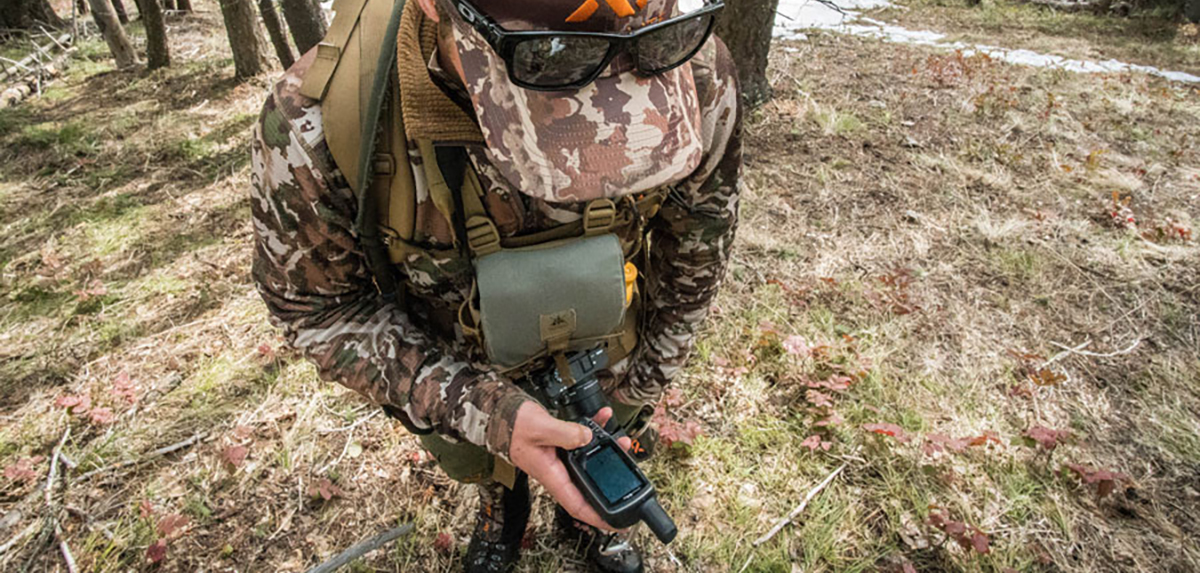
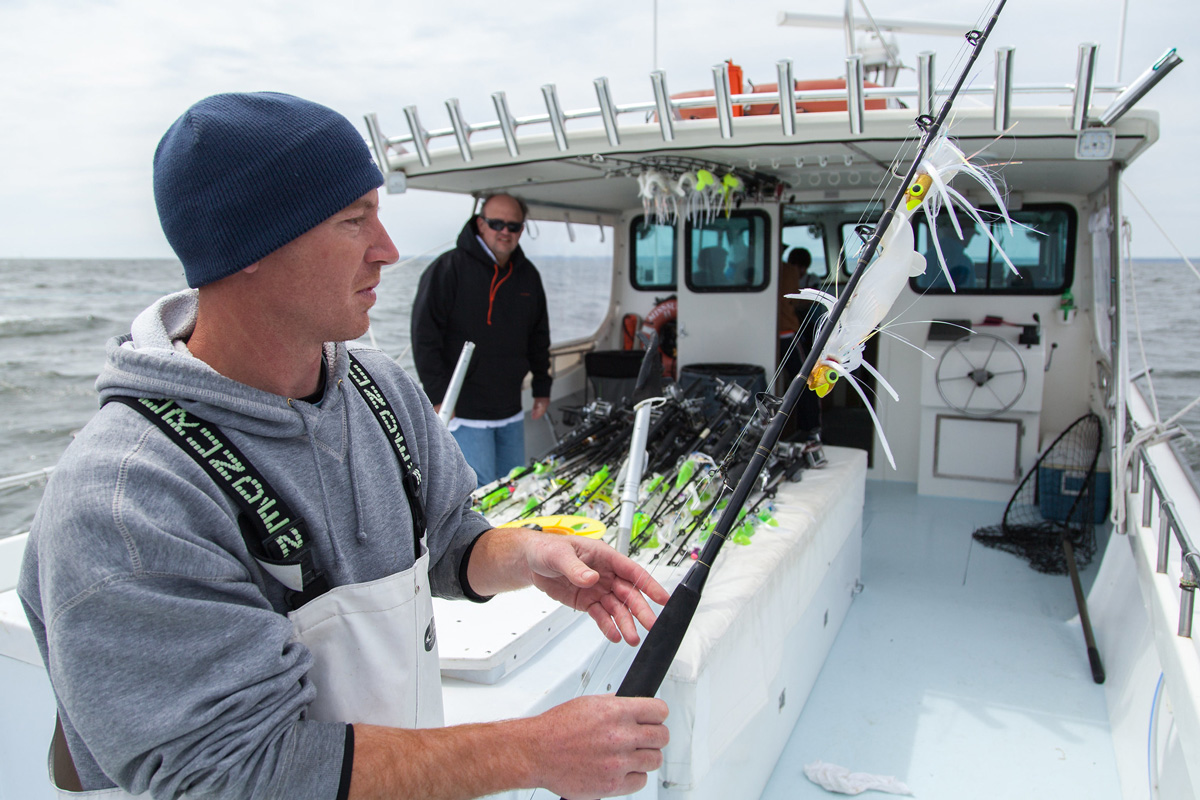
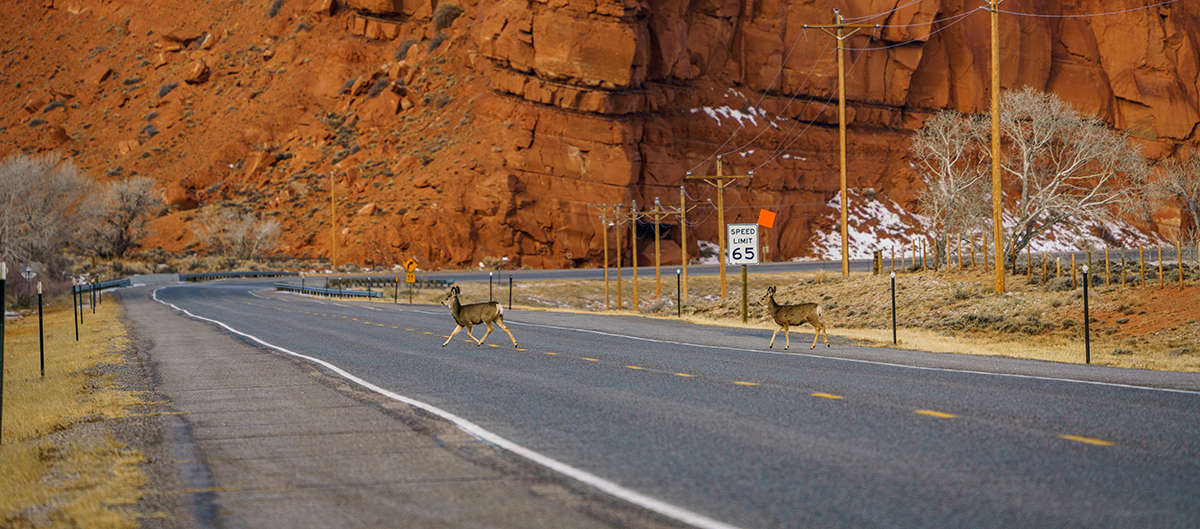
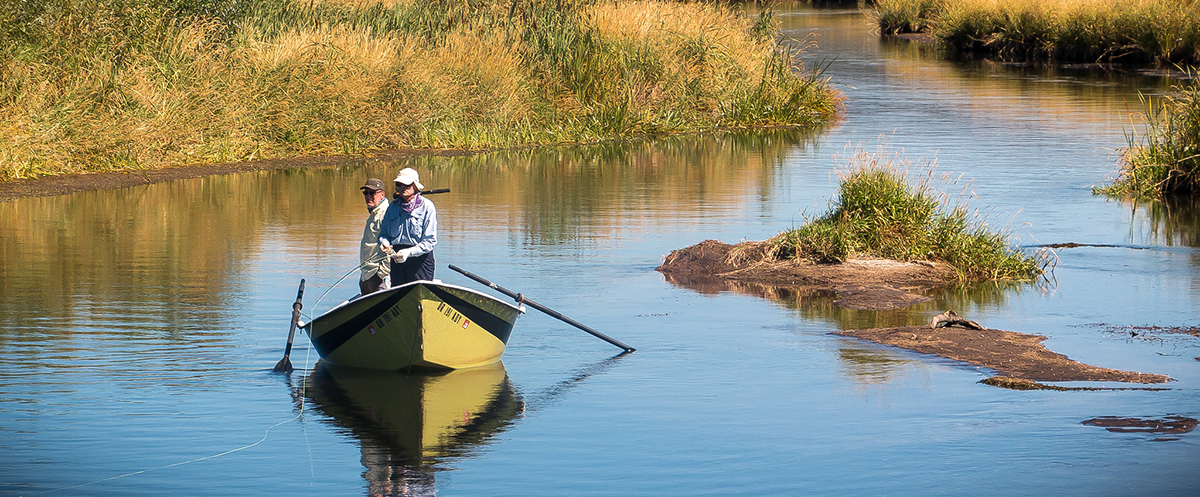
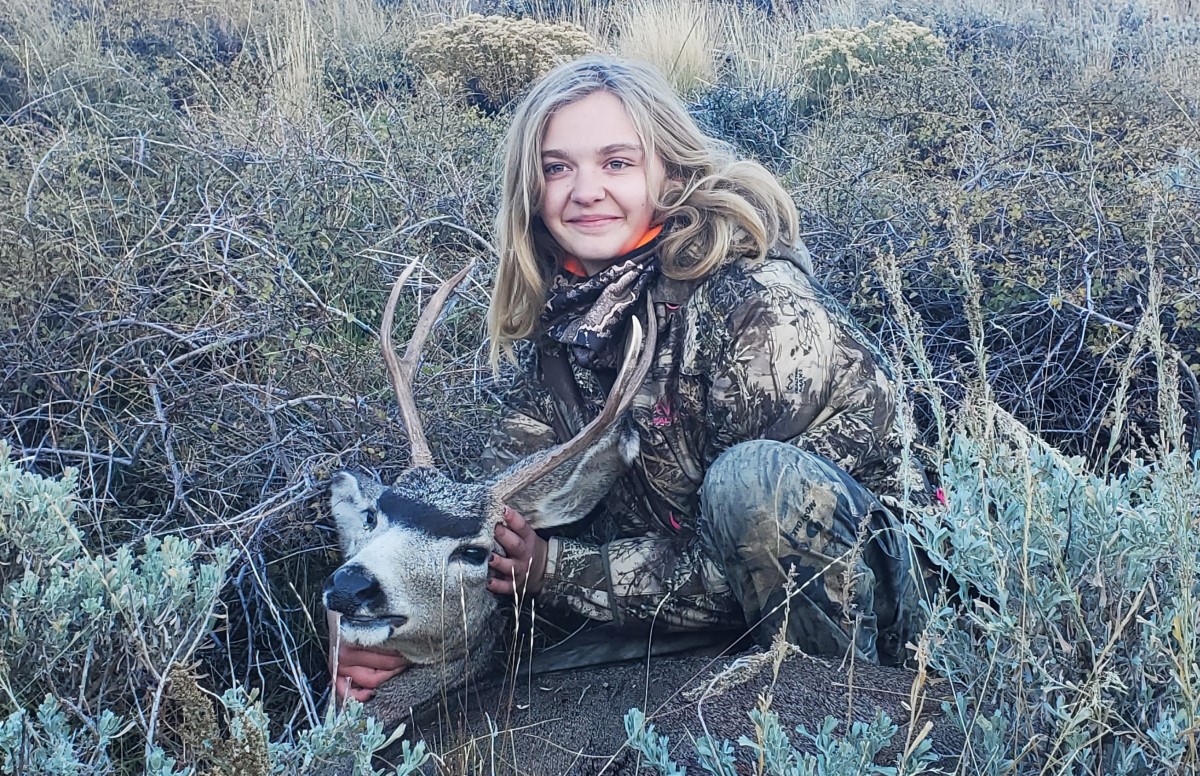
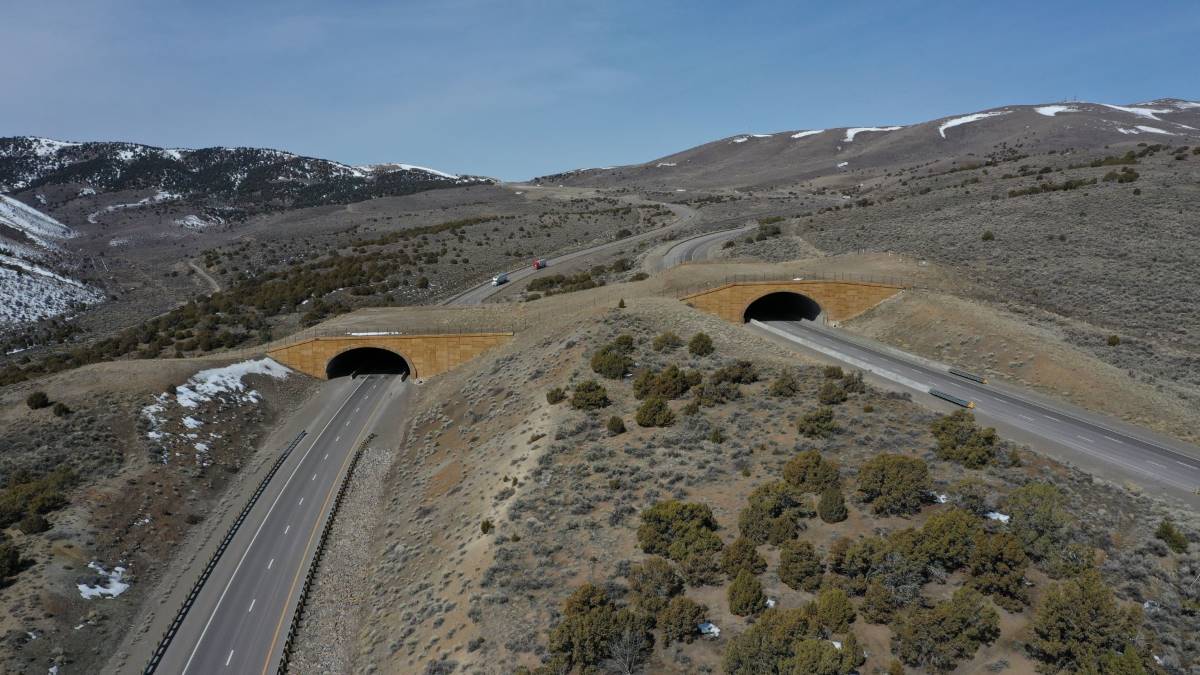




Omega Protein needs to be regulated and monitored now. This is detrimental to the Chesapeake Bay.
Absolutely shocking result from VMRC! This smacks of corruption. Gov Younkin ought to have the 5 commission members who voted for this BS standing in a line in front of his desk to answer for this malfeasance. Simply stunningly bad result!
Can the Governor disband the Commision or “fire” them and put in new members?
I would be very interested to hear the reasons the five commission member had for voting against the proposals. This issues affects the public. I think they have a responsibility to explain their actions in detail. How were they appointed? To whom are they accountable.
Did the governor really want this reg approved or was it just show while his appointees did the dirty work? You should publish all VA politicians who accept money from Omega and their affiliates. The only thing that is going to work here is for sportsmen and yes all my friends who are commercial fishermen and guides who want this fishery gone from bay, is to vote for whoever is against the fishery regardless of party. Go see these people; call; write; give money to those who will support us. Support Tim Anderson’s bills and ask all your congressmen to do so. Ask feds to take over the fishery
Take a look into the checking accounts of the VMRC higher-up’s. Theres no denying the why and the how. Menhaden are a multi-million dollar gold mine and if you need to wax a few purses to get your meal ticket, get to writing ! Now do’t get me wrong , I’m not saying somebody’s on the “take”… but a voice in the back of the room is whispering corruption..bribes, pay-off;s and more corruption..!
Big money agenda generally ‘trumps’ good common sense, for which we all will suffer!!!!
I have fought for saving the bay for over 20 years and ASMF and now VMRC keep kicking the can down the road. We now longer have any decent amount of striped bass in the bay so why would VMRC regulate catching of striped bass when there is very little to catch. The menhaden fleet need to be out of the bay and charge more for their product so their employees can still have their jobs. Menhaden can filter our bay waters so all the oysters can survive otherwise the oysters will die from dead zones which are present in the bay today. North Carolina ran Omega out of their waters 8 years ago and the striped bass have recovered to the point that they are now again going up the Roanoke Rapids to spawn. Why? Because they now have food: menhaden. We can have the same result if the menhaden fleet is out of our precious Chesapeake Bay or we are looking at the future demise/destruction of the bay.
fishing the last four years from love point to cape Charles VA spring through January i think omega has taken all the menhaden we see 4 inch bunker in small amounts and starving rockfish all summer long December no bunker at all
If the menhaden fleet gets completely ran out of the va waters and the menhaden dont come back who get blamed next? In the 60s and 70s there was sometime 20 to 30 boats fishing the same way they fish now and what they have maybe 6 or 8 boats . this might be really shocking to some people but fish stock dont stay 100%, 100% of the time . in my life time of 64 yrs i have seen the stock of all fish come and go commercially or not but they still manage to come back
Too bad the VMRC members aren’t elected officials. We could get rid of these losers real quick. One election would be all it would take to replace them.